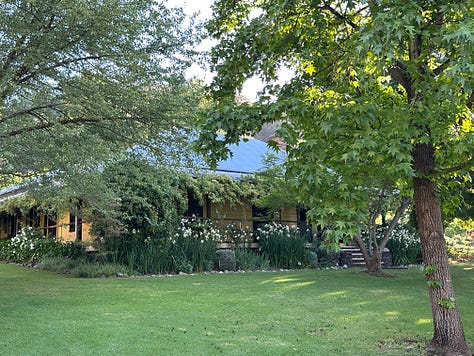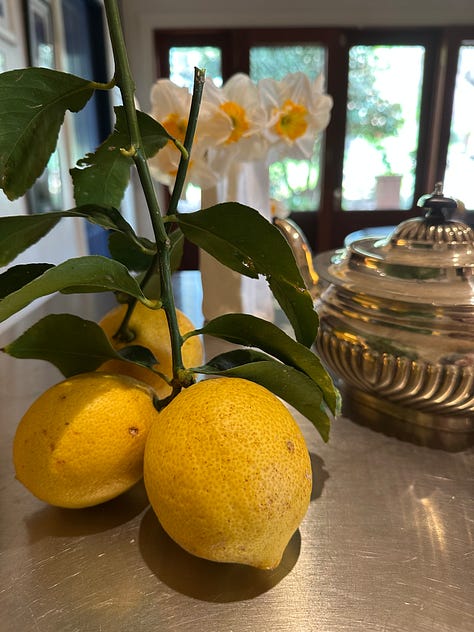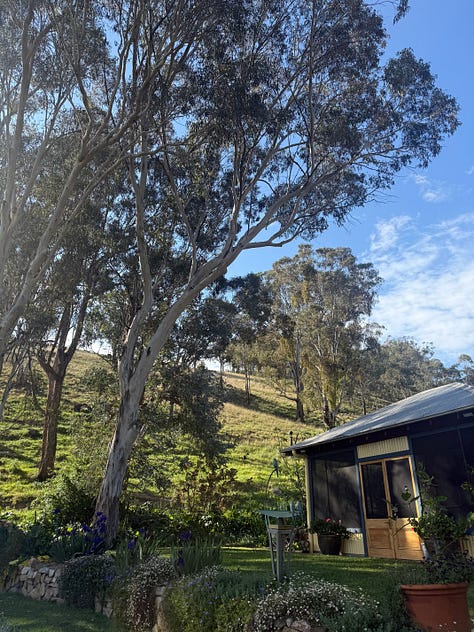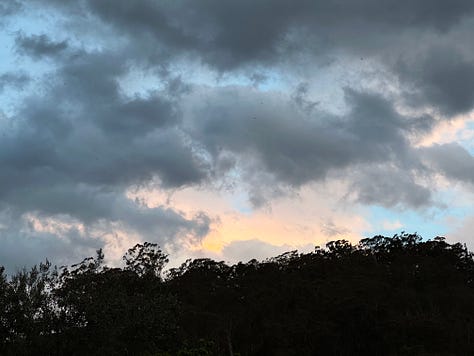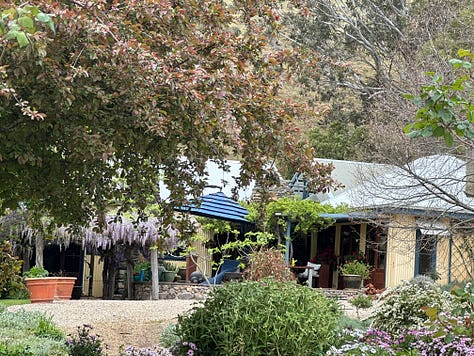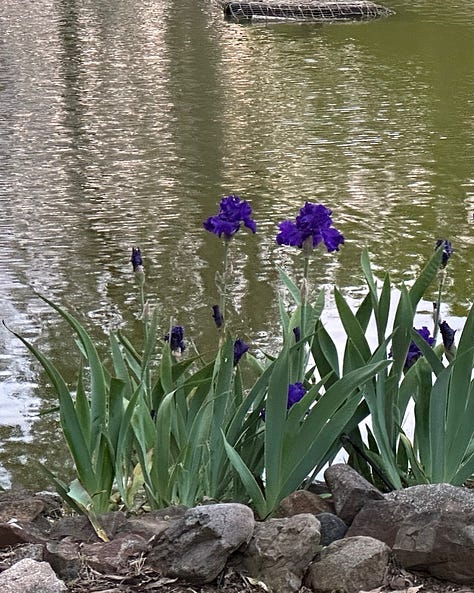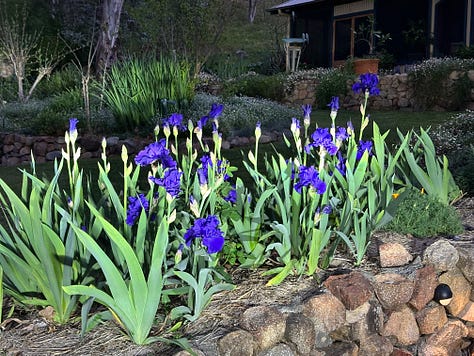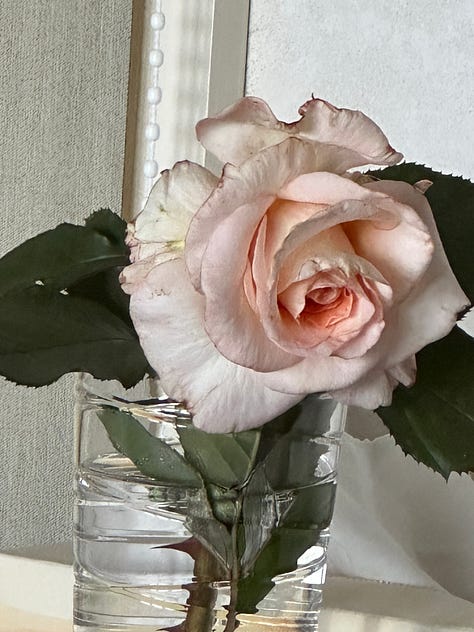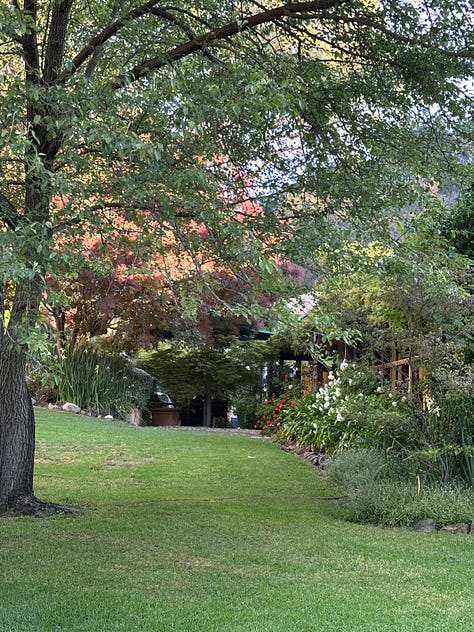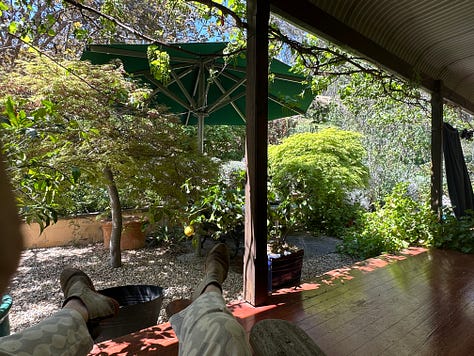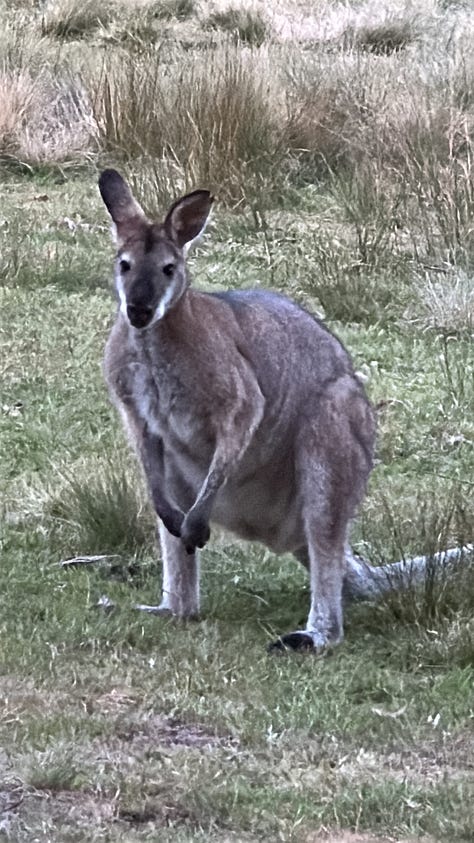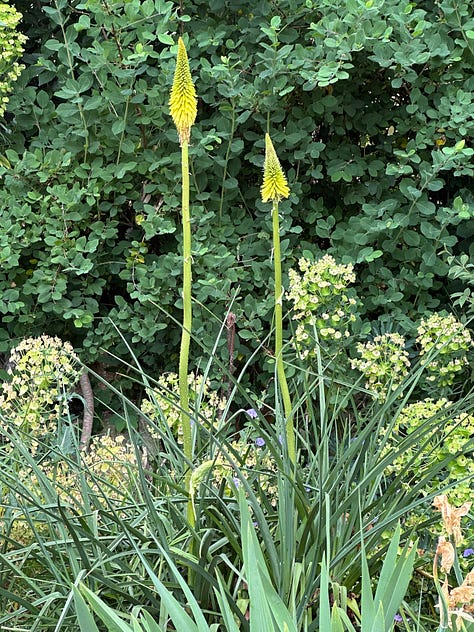A CHAPTER FROM A MEMOIR IN PROGRESS
Provisionally titled 'Back From The Beginning'
Chapter 11
I have just finished reading the novel A Thousand Splendid Suns, by Khalid Hosseini and although not as affecting as his famous Kite Runner, it is still a worthwhile read. It is set midst the warring factions of modern-day Afghanistan and although it ends on a upbeat note, the Taliban ultimately take control again. Either way, the consequences are bad, particularly for women (just the other day it was announced that stoning of women accused of adultery will resume). There’s no two ways about it, life is grim in Afghanistan.
Khaled Hosseini makes passing nostalgic references to life in Afghanistan as it used to be, before plagued by internal strife and the annihilation of civil society. There are sunlit references relating to shady internal courtyards, a single apricot tree in blossom, children playing under a pear tree, or simply sitting back-to-back under the greenery of a patio grapevine. In that war-blasted, sun-bleached, barren country so devoid of safety and peace, any scant essences of luxury and value seem always to be related to domestic horticulture and cultivation. Yes, gardens!
As I am writing now, I have one eye on the satellite map of the from the bureau of meteorology where I’m watching a rain front approaching and joyously anticipating that it will be raining for the next hour and for most of the afternoon. Living in upcountry New South Wales on the driest continent on Earth, we are always excited by the prediction of rain, indeed the sound of rain on a tin roof, as I am hearing now, is an iconic sound in the Bush, always welcome. Always a tin-pot symphony of celebration.
Rural life and creating a garden has helped me adjust to the process of decoupling from the hurdy-gurdy of a professional life spent dealing with (and hoping to make a difference to) what presents in front of me – in every case, a fellow human being in pain. I often wonder how others who have been run off their feet to the point of perpetual exhaustion - time-poor for decades - do their own adjusting to a day ahead without a gridlock of appointments, returning phone calls and ploughing through emails - and then racing home to the family.
I wonder how a doctor say, in charge of an intensive care unit in a busy teaching hospital can adjust to life where he is no longer living minute by minute. How would he know how, how would he even start to craft a life out of peace; a life where he is proactively and peacefully occupied, instead of reactively dealing with whatever he is presented with. The bottom line is that it’s getting used to life where you are no longer busy through being needed.
From my own experience, there can be yawning chasms of a sort of stale ennui that persist until you get up and ‘do something’. Whereas in the past you simply had no say, you didn’t have to launch yourself into anything because you were carried through each day by the pressing and competing time slots in your appointments diary.
The timescale of a garden and the evolving seasons help to uncouple from the hampster wheel. Nothing happens quickly in a garden. Gardeners have a saying that after initially putting something into the ground first it sleeps, then it creeps and then after a year or so, it leaps. If it’s a ‘doer’ that is.
Some plants are not doers and never will be in your location or climate and sometimes those lessons are a bitter pill to swallow. For instance, I would adore a jacaranda tree in our garden but we are simply too cold in winter, though not for want of trying. Each spring and summer, delicate fronds re-emerge from a woody runt at ground level, which by the end of the following autumn have grown into multiple canes nearly 4 feet high, only to be seared and turned black again during winter by our savage frosts. Many efforts have been made to keep them warm using hessian wrapped around the trunk or a tree-guard sheathed in plastic (including over-top), all to no avail.
Of course, it’s not just the gardening, and by this I mean weeding, moving sprinkler hoses and mowing lawns, it’s the step-change things that make a difference in the longer term to a garden: the removing dead wood and lopping branches off specimen trees to give them a better shape, moving of a plant, bush or tree to a better location (all the good gardeners say not to be afraid to move something), creating a lattice or wires for a delicate clematis to climb up and across, creating space around a prized plant like a rose to reduce competition and give it a chance to thrive, the wreaking out of an invasive honeysuckle with a primary root as thick as your thumb that is smothering everything else in the same garden bed, liquid fertilising with a mixture to improve leaf/root growth (nitrogen based) or flower/fruit growth (potassium), turning the compost (hard work – definitely for the men), adding compost to the vegetable beds, creating new irrigation lines or repairing old ones.
It is also the physical work - as we say in Australia, the hard yakka - in the great outdoors where the air is clean and the vistas are bracing; a feeling of toiling in the landscape, of being in and of the land, of having your hands in the warm earth. Your senses are enlivened and you notice all the different shades of greenery, you notice the long shadows in the evening, the setting sun lighting up soft and pink on the high ridgelines, you decide on which seat in the garden you’ll sit to have that first sip of wine to contemplate the day’s hard work done. Man on the land was ever this way.
What I particularly like in the gardener life is the raggedly old sets of sweat-soaked and mud-covered clothing that are cycled through the washing machine at the end of each day, onto the clothesline, stuffed int the drawer and back on again the next day. No need for crisp clinical whites here. The dirt here is good clean dirt; a badge of honour and gardening clothes are worn until they are literally rags that can’t be made to stay on the body.
The most irksome (read most dangerous) thing about the garden - especially in our remote neck of the woods, over an hour’s drive to the nearest town - is snakes. We are told we are never more than a metre away from a black or brown snake and this came to realisation just the other day where I saw my first brown snake (Australia’s most deadly) of the season.
Usually, snakes are shy and keen to get away. They slide across the road as you approach, or through the grass in mesmerising serpentine swirls until they’re gone. But this one was different. It wasn’t particularly fat but it was extremely long - almost 6 feet - and coloured that typically iridescent khaki grey green. It was menacingly crouched in the lawn; its very stillness looking deadly. Its head was up looking at me and its body was looped in several S-bends behind it, making it coiled and ready to strike.
I have seen a snake strike before, in a lightning-fast unfurling action that launches it forward. Before it strikes, it swells out either side of its jaw as it milks venom into its fangs and then it moves so fast it’s a blur, ending up metres away from where you thought you saw it last.
I could’ve gone for the snake thwacker (several strands of wired wound together so that when you whack it down it undulates along the ground and across the snake’s back - a stick is useless at killing a snake) but I was alone at the time (my husband up in the hills) and I was wearing short sleeves. At the back of my mind, I also knew that nearly all snake bites occur when trying to kill them. And with an average of 2 hours to live after being bitten by a brown, and all things considered, I went into retreat and left it alone. I watched as it elegantly climbed itself up into one of the crevices in the rock wall behind and disappeared from view.
____________________________________________________________________________
The writing above is a chapter from a memoir I have started, provisionally titled ‘Back From The Beginning’. I’m putting it on Substack by way of a peace offering, since I have slightly fallen away from my regular posting on back related problems.
(I will find my mojo again about backs because if I know one thing, it’s that everybody – well, not quite everybody but let’s say 8 out of 10 people - has back pain at some stage in their life. Indeed, just yesterday we heard that Pat Cummins our Australian cricketing captain will not be in the next test because of a back problem. I know that everybody needs to know more about backs and how to deal with it themselves. I’m even thinking Joe Rogan here, whom I heard the other day talking with one of his guests about the importance of spinal decompression (and sssshhhh, just quietly and between thee and me, I did something I’ve never done before and that is I wrote to his producer suggesting that I might like to go on. Watch this space although, Alas! Unlikely. My time has been . . . . Avanti, to the garden! ))
SEE The Photo Gallery of SPRING 2025


